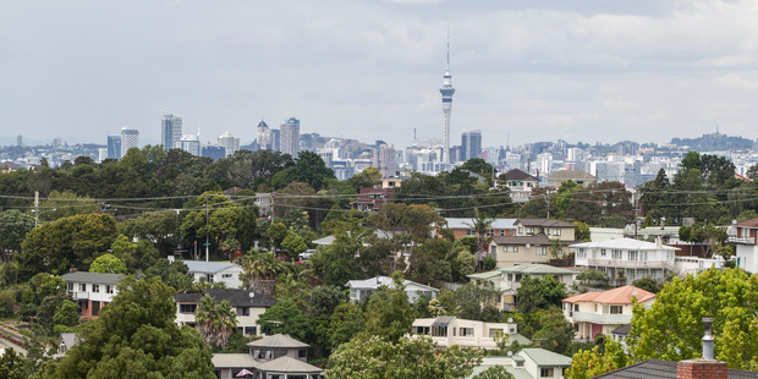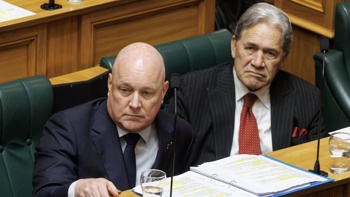
Falling property values were the main driver in $56.8 billion being wiped off the household net worth of New Zealanders in the third quarter of last year but it was slightly mitigated by Kiwis saving more.
Household net worth fell 2.5 per cent in the September quarter following falls in the March and June quarters last year, according to Stats NZ.
Over the nine months to September 30 net worth fell $179.4 billion - a drop of 7.4 per cent.
Paul Pascoe, national accounts institutional sector insights senior manager for Stats NZ, said the fall was driven by the value of owner-occupied property dropping $91.1b while financial assets which include shares and investment funds like KiwiSaver were down $78.6b for the nine months. On top of that debt rose by $9.6b.
Household net worth reached a record high of $2.428b in December 2021 but had fallen back to $2.25b by the end of September - a level slightly above where it sat in June 2021.
Over the September quarter owner-occupied property valuations fell by $41.6b while financial assets dropped $12.7b mainly driven by a fall in rental property asset values.
This was partly offset by a rise in currency and deposits held by households which rose $2.6b while insurance and pension assets also saw a small rise.
Loan liabilities also continued to rise, up $2.5b, although Stats NZ noted household debt has been increasing at a slower rate since the December 2021 quarter.
On a more positive note Stats NZ also reported that householders were saving more due to increases in income.
Savings rise
Household saving increased 31.1 per cent to $2.2b in the September quarter.
“Increases in incomes have meant that household saving increased during the September quarter, despite price rises and higher interest rates contributing to higher household spending,” Pascoe said.
Disposable income increased by 2.5 per cent to $55.9b with salaries and wages up 2.3 per cent and interest received up by 34.1 per cent although it was partly offset by a 6.1 per cent fall in income earned by self-employed business owners.
Household spending rose 1.6 per cent or $825m in the September quarter with a rise in spending across the board on services such as power and gas as well as items like clothing, footwear, food and drink.
The savings ratio rose from 3.1 per cent to 3.9 per cent between the June and September 2022 quarters. The saving ratio was 2.7 per cent in the December 2019 quarter before Covid hit and then rose as high as 15.8 per cent in the June 2020 quarter as people were unable to spend much due to the lockdown.
Take your Radio, Podcasts and Music with you









